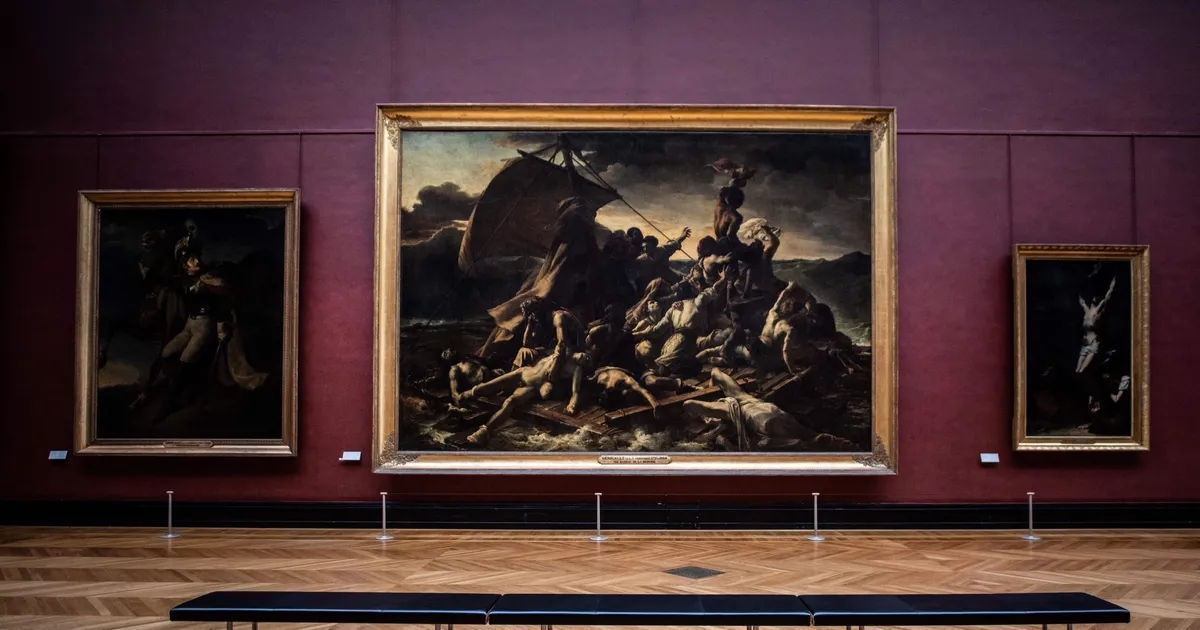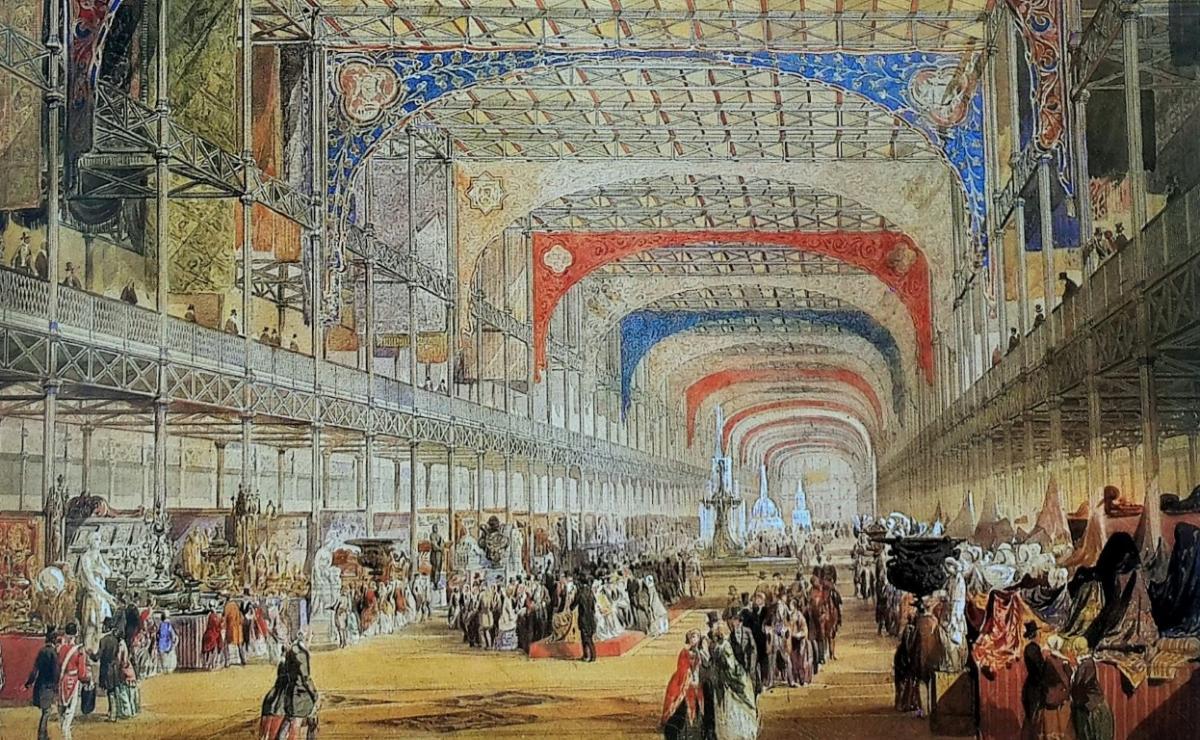Théodore Géricault’s The Raft of the Medusa (1818–1819) is not only a masterpiece of Romantic art but also a profound commentary on a tragic historical event. To fully appreciate this iconic painting, it is essential to delve into its historical context, which shaped its creation and reception. Here’s a comprehensive guide to studying the historical background of The Raft of the Medusa.
1. Understand the Méduse Shipwreck
The painting is based on the real-life shipwreck of the French frigate Méduse in 1816. The ship, carrying French officials and settlers to Senegal, ran aground off the coast of Mauritania due to the incompetence of its captain, Hugues Duroy de Chaumareys, who was politically appointed despite lacking naval experience. This disaster led to the construction of a makeshift raft for 150 passengers, of whom only 15 survived after 13 days of starvation, dehydration, and cannibalism15.
- Key Points:
- The Méduse was part of a fleet reclaiming Senegal from the British.
- The captain’s poor navigation and leadership caused the ship to run aground.
- Survivors endured unimaginable hardships, sparking public outrage and political scandal10.
2. Explore the Political and Social Climate
The Méduse disaster occurred during a turbulent period in French history, following the fall of Napoleon and the restoration of the Bourbon monarchy. The incident became a symbol of government corruption and incompetence, as the captain’s appointment was seen as a result of political favoritism. The public outcry highlighted broader issues of leadership and accountability in post-revolutionary France510.
- Key Points:
- The Bourbon monarchy’s reinstatement led to political instability.
- The disaster exposed systemic failures in the French naval administration.
- The event fueled debates about morality and governance110.
3. Examine Géricault’s Research and Motivation
Géricault was deeply moved by the tragedy and conducted extensive research to ensure the painting’s authenticity. He interviewed survivors, studied cadavers, and even built a life-size model of the raft. His goal was to create a work that not only depicted the event but also critiqued the societal and political failures that led to it15.
- Key Points:
- Géricault’s dedication to realism included firsthand accounts and anatomical studies.
- The painting served as a critique of contemporary French society.
- Géricault’s focus on human suffering and resilience aligned with Romantic ideals310.
4. Analyze the Painting’s Composition and Symbolism
The Raft of the Medusa is rich in symbolism, reflecting the despair and hope of the survivors. The pyramidal composition directs the viewer’s gaze to the figure waving a flag, symbolizing hope for rescue. The contrast between light and shadow emphasizes the emotional intensity of the scene, while the inclusion of both black and white figures highlights themes of unity in suffering1510.
- Key Points:
- The painting’s scale (16 feet by 23.5 feet) immerses viewers in the scene.
- The use of tenebrism (dramatic lighting) enhances the emotional impact.
- The flag and distant ship symbolize hope amidst despair310.
5. Study the Painting’s Reception and Legacy
When exhibited at the Paris Salon in 1819, The Raft of the Medusa sparked both admiration and controversy. While some praised its emotional depth and technical mastery, others criticized its graphic depiction of suffering. The painting’s influence extended beyond art, inspiring discussions about social justice and the human condition 510.
- Key Points:
- The painting became a symbol of Romanticism’s focus on emotion and individualism.
- It influenced later artists, including Eugène Delacroix and Realist painters.
- Its themes of survival and resilience remain relevant today110.
6. Visit the Louvre and Explore Related Resources
Today, The Raft of the Medusa is housed at the Louvre Museum in Paris. Visiting the painting in person allows for a deeper appreciation of its scale and detail. Additionally, exploring related resources, such as survivor accounts and historical documents, can provide further insights into the event and its impact 116.
- Key Points:
- The Louvre offers contextual information about the painting’s historical and artistic significance.
- Survivor narratives, like Alexandre Corréard’s book, provide firsthand perspectives.
- Online resources, such as Khan Academy, offer detailed analyses of the painting16.
Conclusion
Studying the historical context of The Raft of the Medusa enriches our understanding of Géricault’s masterpiece and its enduring significance. By exploring the Méduse shipwreck, the political climate of post-revolutionary France, and Géricault’s artistic process, we gain a deeper appreciation for the painting’s emotional power and social commentary. Whether through museum visits, historical research, or artistic analysis, this journey into the past reveals the timeless relevance of The Raft of the Medusa.




